My husband and I live on the road full time in a 17-foot Casita Travel Trailer, and whenever possible we enjoy boondocking away from society, electric hookups, and water sources. It’s by far our favorite way to camp, but learning how to maintain enough water on the road has been a process.
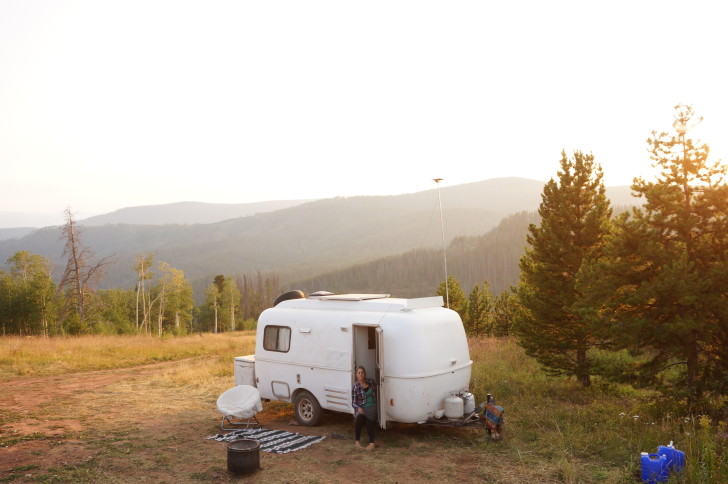
I never realized how much water I use on a daily basis. Whether washing dishes, taking a shower, washing my hands, or the countless other ways that we use water in daily life, the need for conservation forced me to understand just how much water I was wasting.
If you camp in the desert—in places like southern California, Nevada, or Arizona, for example—there are reminders everywhere that water is precious, and everyone who has it at their fingertips is immensely fortunate.
The tank in our 1996 Casita Spirit Deluxe holds 13 gallons of water at a time. Many RVs hold larger amounts of water, some (particularly vans) hold much less. However much water your RV water tank holds, it’s usually the primary source of water while living in an RV.
The best way to judge how long your tank will last while boondocking is to go on a camping trip without hooking into water. Go about your daily life and see how long it lasts.
Be sure to:
- Check the tank’s water levels frequently
- Learn to adjust your water usage to conserve more appropriately
After you’ve gone through your full tank, you’ll have an idea of how long it will last boondocking. If you have a huge tank that doesn’t run out, then lucky you! You’re all set.
However, that’s not the case for many RVers. So, for those of us with smaller tanks, there are a few options below that should be helpful for extending our water supply while boondocking.
1. Bring extra water jugs
One of the easiest remedies for a lack of water is quite simple. Buy water jugs!
My husband and I picked up two 7 gallon jugs (one is pictured above, by the woodpile) at a Wal-Mart for $15. They’re totally inexpensive and have more than doubled our water supply, taking us from 13 gallons to 27.
Another great bonus is that they’re easy to transport, and we’re often able to fill up a jug before we’re able to fill up the RV again. They can ride along for a trip to town when you leave the RV parked back in the boonies, for example.
When our RV water tank gets empty, we use a funnel and pour the water from the jug right into the tank fill-up.
We also use the jugs frequently outside. They have doubled for drinking cans, hand washing stations, hair washing stations, and food prep assistants many times.
For storage, the jugs can ride either in the back of our Jeep, sitting on the floor of our bathroom, or sometimes they rest just inside the door of the RV until we arrive at our destination. Figure out what works best for your rig, you definitely won’t regret the extra water supply!
2. Make conserving water a habit
Even with the extra water jugs, we like to go a few weeks between water fill-ups whenever possible, so conservation is top priority.
The biggest consumers of our water supply are usually, 1) dishes, 2) showers, 3) boiling water for coffee/tea.
Dishwashing
- I have used various methods for conservation while dishwashing. One option is to use two dishpans (or your sink, depending on the rig), filling one with soapy water, and a second with rinsing water. I find that this still uses a fair amount of water.
- I’ve taken to using a European method of filling a sponge with soap and scrubbing each dish individually with that sponge outside of water, then rinsing each dish under the faucet. If you’d like to conserve even more water, fill a shallow dishpan with the rinse water instead.
Showers
- We’ve found another European method conserves the most water showering. Rather than standing under the constantly running water throughout the entire shower as most Americans do, we now turn the water on and off throughout the shower:
Turn on the water, rinse. Turn the water off, scrub. Turn on the water, rinse again. Shower done! - Buying a shut-off valve—like this one from Amazon that we use—is a huge help in conservation, as it keeps the water temperature exactly where you set it, and you can easily turn the water on and off without trying to find a good temperature every time.
3. Use natural water sources, like lakes, rivers, and streams
The very best way to conserve water is to make use of the great nature surrounding us! While this method doesn’t work if you are in a desert, it’s a great option in many remote locations.
With some biodegradable soaps and shampoos, secluded lakes, rivers, and streams become perfect places for showers or dishwashing.
Learning to brave a frigid, cold spring tucked deep in the woods is an exhilarating, adventurous feeling. No matter how hard it is to get into water like that, you will always feel great when you come back out again!
Using natural water sources like this means that the water in your RV will last for a longer period of time. Plus, you can bring along a portable water jug and fill it up for later.
4. Stay a night in a campground
This tip is only necessary for RVers on an extended trip or those who live on the road full time.
While we rarely spend a night in a campground, many campgrounds have their sewer dumping stations available for a small fee, and we often make use of this to dump our gray water and refill water tanks and jugs in the process.
In addition, many campgrounds also have their showers available for another small fee, if you are feeling the need for a long shower with endless hot water.
It’s best to check beforehand on prices, as staying in the campground for a night could end up being only a few dollars more than the other fees combined. If the cost is nearly the same, it might be worth spending a night in the campground to reboot for your next boondocking adventure!
5. Buy drinking water
A final way to help conserve the water needed for other things is to buy the water that you drink.
We keep our drinking water in separate, smaller water jugs inside of our RV. It’s an easy way to ensure that our drinking water is always clean and safe.
Sometimes we refill the jugs, and sometimes we stock up at a grocery store and buy new ones. If we’re running low on water and know we can’t fill up for a while, we usually buy the drinking water to extend the supply.
What are your tips and tricks for conserving water while on the road and boondocking? Let me know in the comments!

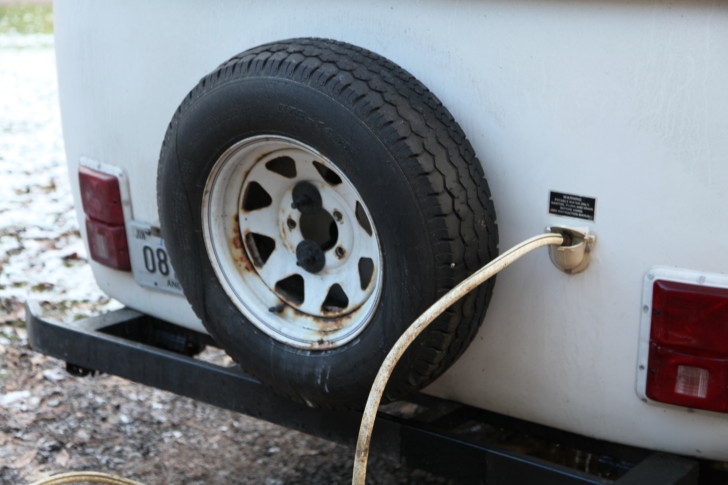
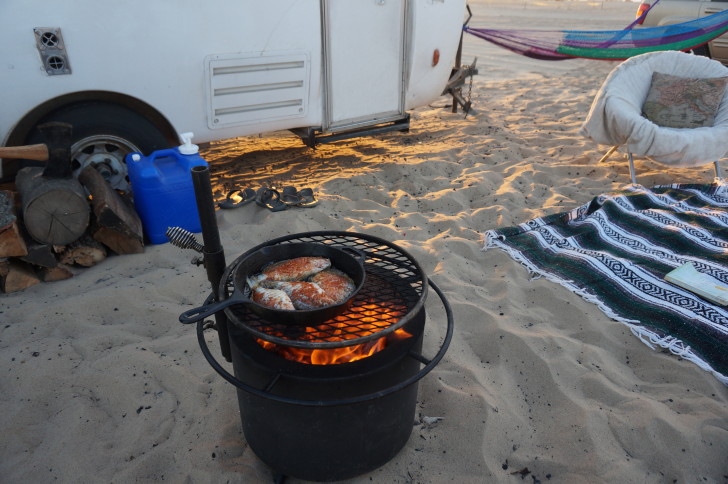
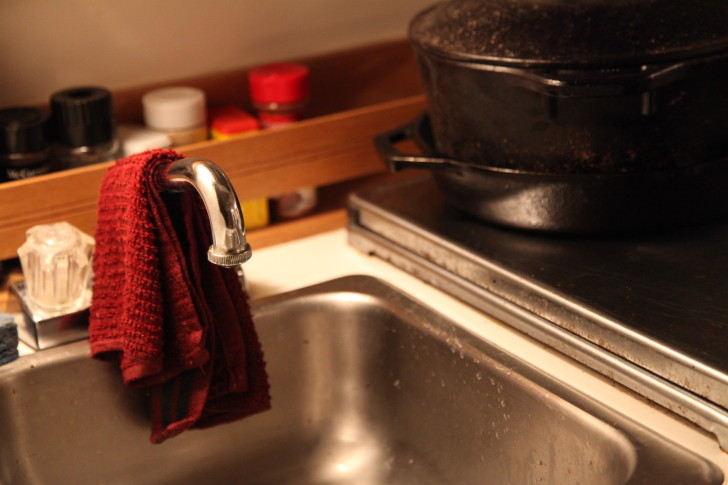
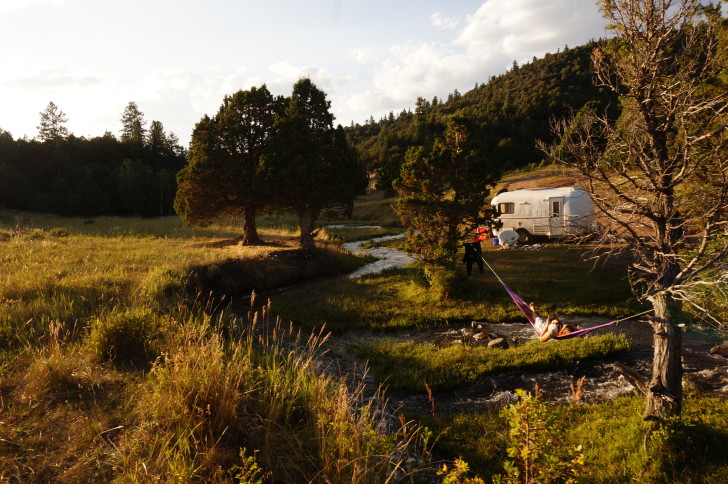
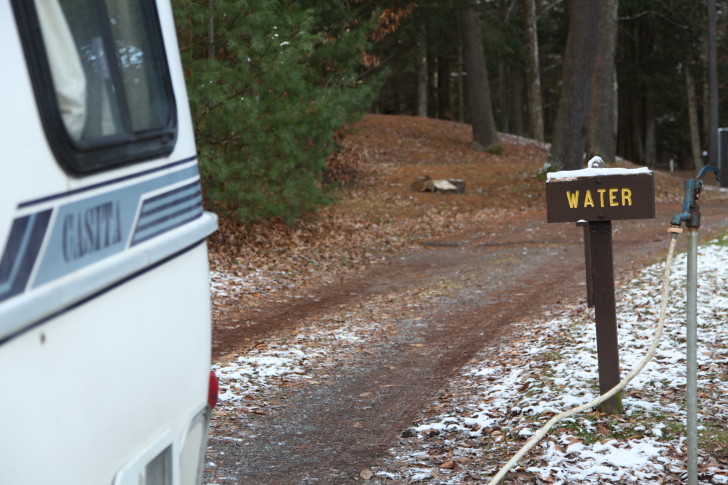



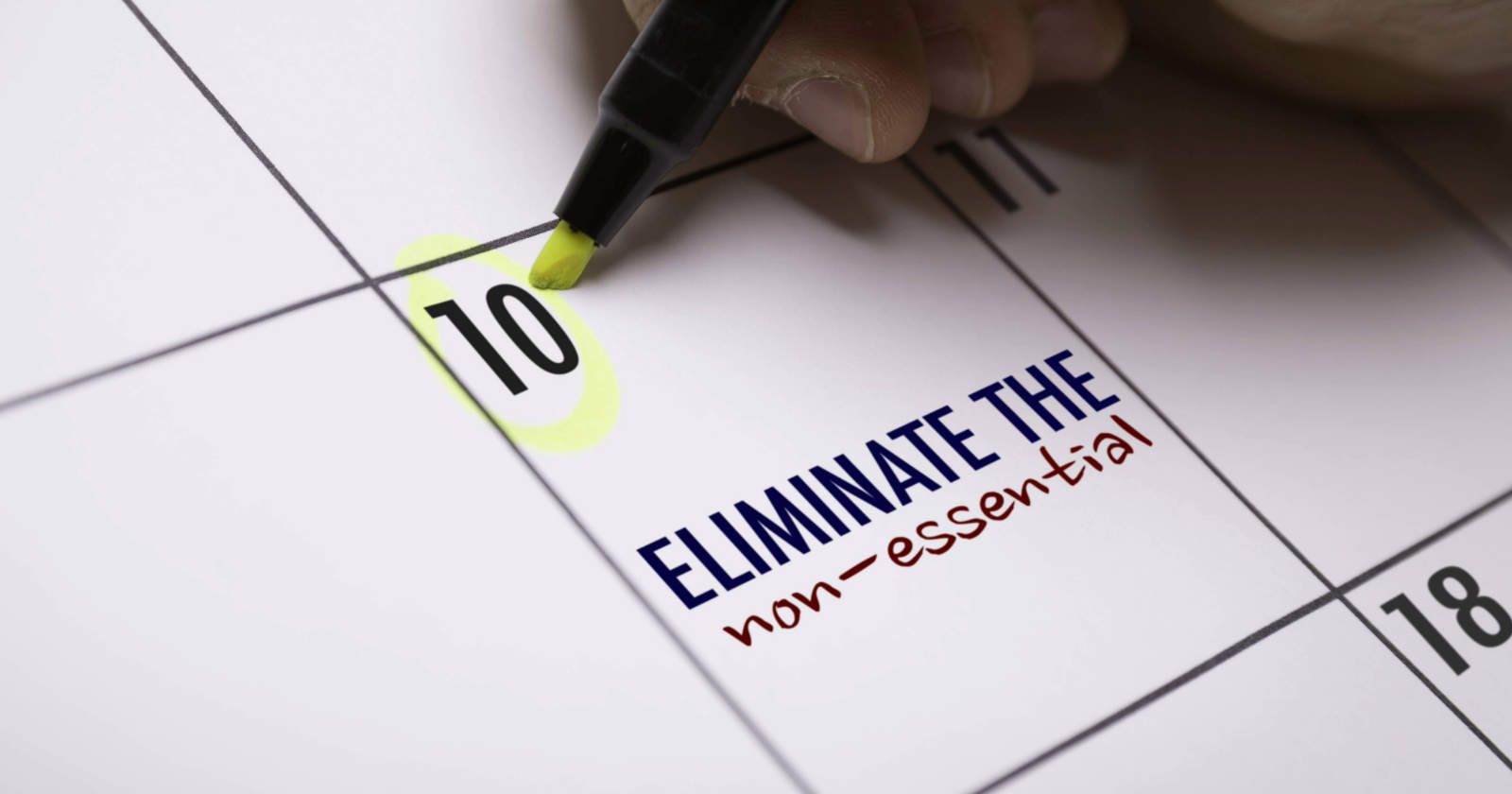
After cooking a meal I use a piece of paper towel to wipe everything off (cutlery, cooking utensils, pans) before I wash it. The paper towel then goes into the evening fire (we don’t put it into the pit during the day just in case we are absent and it atracts the bears.)
Many truck stops have free water near the gas pumps for rv use as do some smaller stations. Some states have highway rest stops where potable water is available. If you are buying drinking water, checkout Big Lots stores for good pricing on cartons of smaller bottles and gallon jugs. Walmart’s have the two and a half and five gallon jugs which a friend has rigged his rv tank to fit and fill.
I wipe all my dishes with a paper towel before washing them. They get clean with less water. I don’t even use soap or detergent at all if the food isn’t greasy.
If I bathe in the stream or lake, I don’t need any soap. I always feel clean. Something about natural water in the wild seems to get me cleaner than the tap water at home.
I usually take bird baths, then wash my hair with one kettle of warm water (that I heat on the stove) to wash and one more kettle for rinsing, pouring it on my hair very slowly. And I have long hair.
At the risk of, Did anyone already comment that grilling instead of using the pan can save water by not having to wash the pan? I like to use disposable plates when possible for the same reason.
Also, after cooking your bacon and eggs for breakfast (or some other kinds of meals) you can get your pans acceptably clean by wiping with paper towels. Any surviving germs will perish next time the pan is heated. I usually camp alone but if the women folk in my family come along I probably will have to wash because “ewe, that’s gross, Grampa!” and because their menus are far more complex than mine and require more utensils and pots ‘n pans.
I like to burn my dirty (disposable) dishes in the campfire although some campers feel this is taboo. There is always the disposable trash container if not at your boondocking site then down the road.
If we’ll be camping near a natural water source, I bring the Big Berkey filter. Fill it up with a collapsible bucket, let it run through, and we have all the purified water we need!